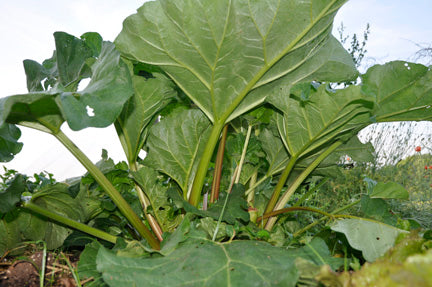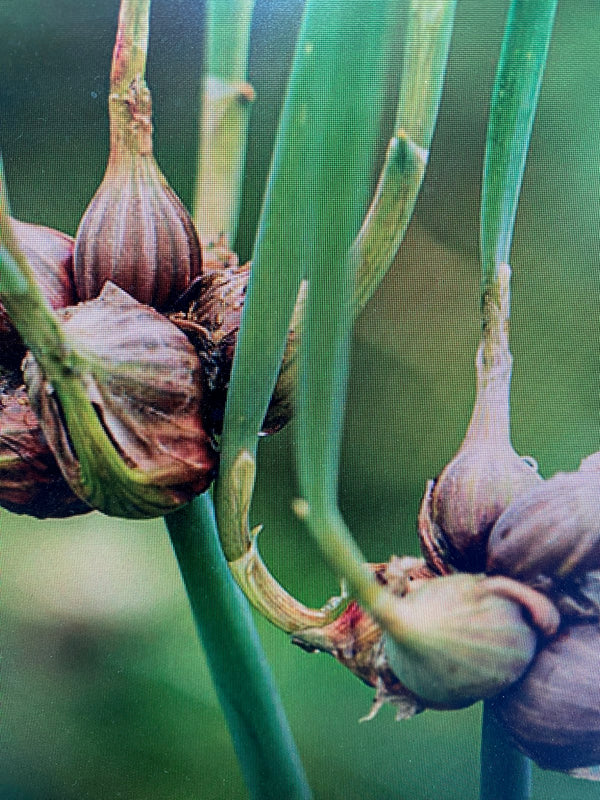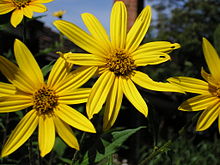
Apios Americana
A graceful native tuber producing perennial vine of twining habit, blooming fragrant maroon chocolate flowers. Usually dug up in the winter months, the sweet, starchy tubers are eaten raw, boiled, fried, roasted or otherwise prepared like potatoes. Our plants are a strain from LSU superior cultivars with large tubers. Zone 6-8.
| Plant Characteristics | |
|---|---|
| Pest Resistance | Excellent |
| Disease Resistance | Excellent |
| Drought Tolerance | Very Good |
| Heat Tolerance | Good |
| Humidity Tolerance | Good |
| Sun Tolerance | Good |
| Wet Soil Tolerance | Good |
| Shade Tolerance | Good |
| No Spray | Excellent |
| Salt Tolerance | Poor |
| Fresh for Kids | Poor |
| Thorns | No |
| Plant Type | Vine |
| Soil Type | Fertile |
| Edible Type | Root |
| Self Fertile | Yes |
| This information is accurate to the best of our knowledge, comments/opinions are always welcome | |
Care Guide
(Apios americana)
Common Name; Ground Nut
Habit; Perennial
Habitat; moist woods and rich thickets
Height; 1-2'
Prefers a light rich soil and a sunny location. When grown in a warm dry situation in a well-drained sandy soil, the plants will be long lived with the tuberous roots increasing in size and number each year. Another report says that the plant prefers light dappled shade. It tolerates acid soils. Dislikes windy situations. The groundnut has occasionally been cultivated for its edible root and has the potential to become a commercial crop. It is very popular in Japan. Cultivars have been selected in the past for higher yields and larger tubers, it is said that the yields from some of these cultivars can rival potato crops. One of our customers from Louisiana told us of "tubers as large as basketballs." The best yields are obtained when the plant is left in the ground for at least two growing seasons. This species has been grown in the past in S. Europe and has been suggested as a nitrogen--fixing edible ornamental for permaculturalists. The plant forms long thin roots which enlarge at intervals along their length to form the tubers, the effect is somewhat like a necklace. Plants can be invasive once they are established. They may require protection in severe winters. A climbing plant, it will twine around the thin branches of other plants for support. The flowers have a scent of violets. This species has a symbiotic relationship with certain soil bacteria, these bacteria form nodules on the roots and fix atmospheric nitrogen. Some of this nitrogen is utilized by the growing plant but some can also be used by other plants growing nearby.
The sweet, starchy tubers are eaten raw, boiled, fried, roasted or otherwise prepared like potatoes. They can be added to soups, stews and casseroles, or mashed and used in breads. Menomini Indians made a preserve by boiling the tubers in maple syrup. Groundnuts contain seventeen percent crude protein, more than three times that of potatoes. The seeds are sometimes used like peas or beans.
Our plants are a strain of a series introduced by William Blackmon of Louisiana State University. His work emphasized Groundnuts as a commercial crop. His work resulted in superior cultivars with large tubers adaptable to many areas of the country, especially the Southeast.






